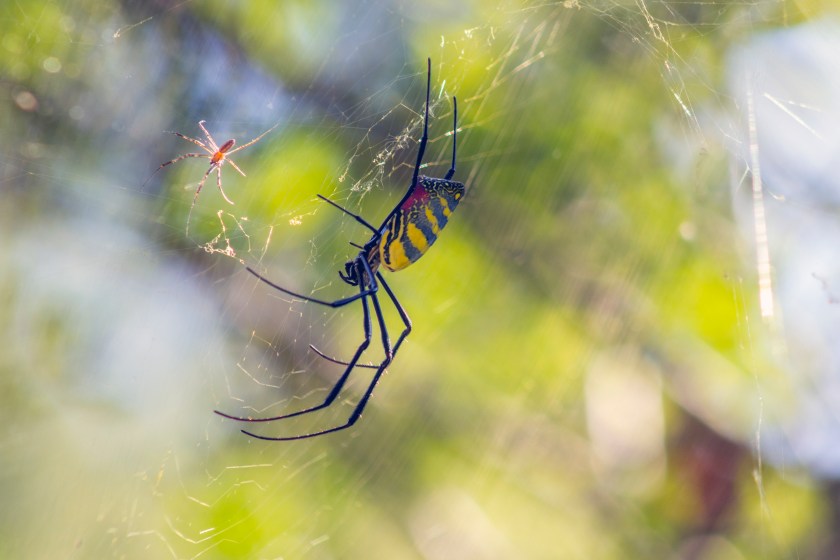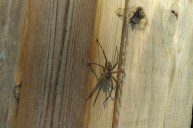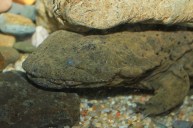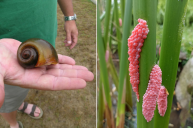Spiders can find their way into almost anything: your car, shoes, coat, a tent, and even (shudder) your hair—and that's just when they crawl from the ground or their webs. Joro spiders, which are native to Asia, have been spotted parachuting down from the sky in Georgia and the Carolinas, and a new study says the airborne spiders are now expanding their reach across the Eastern Seaboard.
Now, you might be wondering how a spider native to Asia has gotten all the way over to the United States. And, no, it wasn't thanks to their webbed parachutes. The arachnids came over in shipping containers a decade ago and have built a home in a 75,000-square-mile area from Georgia up to North and South Carolina. The spiders, which become as large as a person's palm, have been riding the winds north, making their way to Maryland.
David Coyle saw hordes of these spiders three years ago in his backyard; his curious nature kicked in, and he began his research. It helps that Coyle's day job is with the Department of Forestry and Environmental Conservation at Clemson University, where he is an assistant professor and scientist. He and his fellow researchers dove into the issue to learn more about the eight-legged invaders.
One thing they are certain of is that the spiders aren't going anywhere, and "they are spreading like wildfire."

Getty Images, LizMinkertJohnson
Coyle said the researchers' growth models show that the spiders' "comfort area in their native range matches up very well with much of North America." The researchers expect the trend to continue since the spiders have been found as far north as Maryland. "Barring some unforeseen circumstance, we expect the range of these things to continue expanding," Coyle said. For perspective, the spiders began populating Georgia in 2016, quickly moving into the Carolinas—and as of October 2022, they were showing up in Tennessee, Alabama, Oklahoma, Maryland and West Virginia.
Expansion isn't the only troubling finding from this study. A fellow researcher, Southern Adventist University professor David Nelson, said that much like other invasive species, the Joros are causing harm to native spiders. But more research is needed to determine how harmful the arachnids will be and how they can help.
Joro spiders will eat just about anything they encounter. It doesn't matter if it's a grasshopper or a butterfly. If something finds its way into their web, the Joro spiders will eat it—even if it is a small animal. "They're just as likely to eat brown marmorated stink bugs as they are to eat a monarch butterfly," Coyle said. "To say they're more beneficial than another spider is just simply wrong—they're a spider—and if something gets caught in their web, it's going to get eaten. And they don't care if it's a rare native pollinator and there are only a few of them left in the world or if it's a brown marmorated stink bug."
He also said that if there is a large population of Joro spiders, there will be an absence of native spiders. Coyle said, "These are not just benign spiders coming to catch and kill bad things; these are pushing out native species and catching and killing whatever happens to get in their webs."
As to whether they are good or bad, Coyle said it's not black-and-white answer. "It's very nuanced depending on your perspective."
READ MORE: Why Venomous Black Widows Are Being Spotted All Over Colorado




